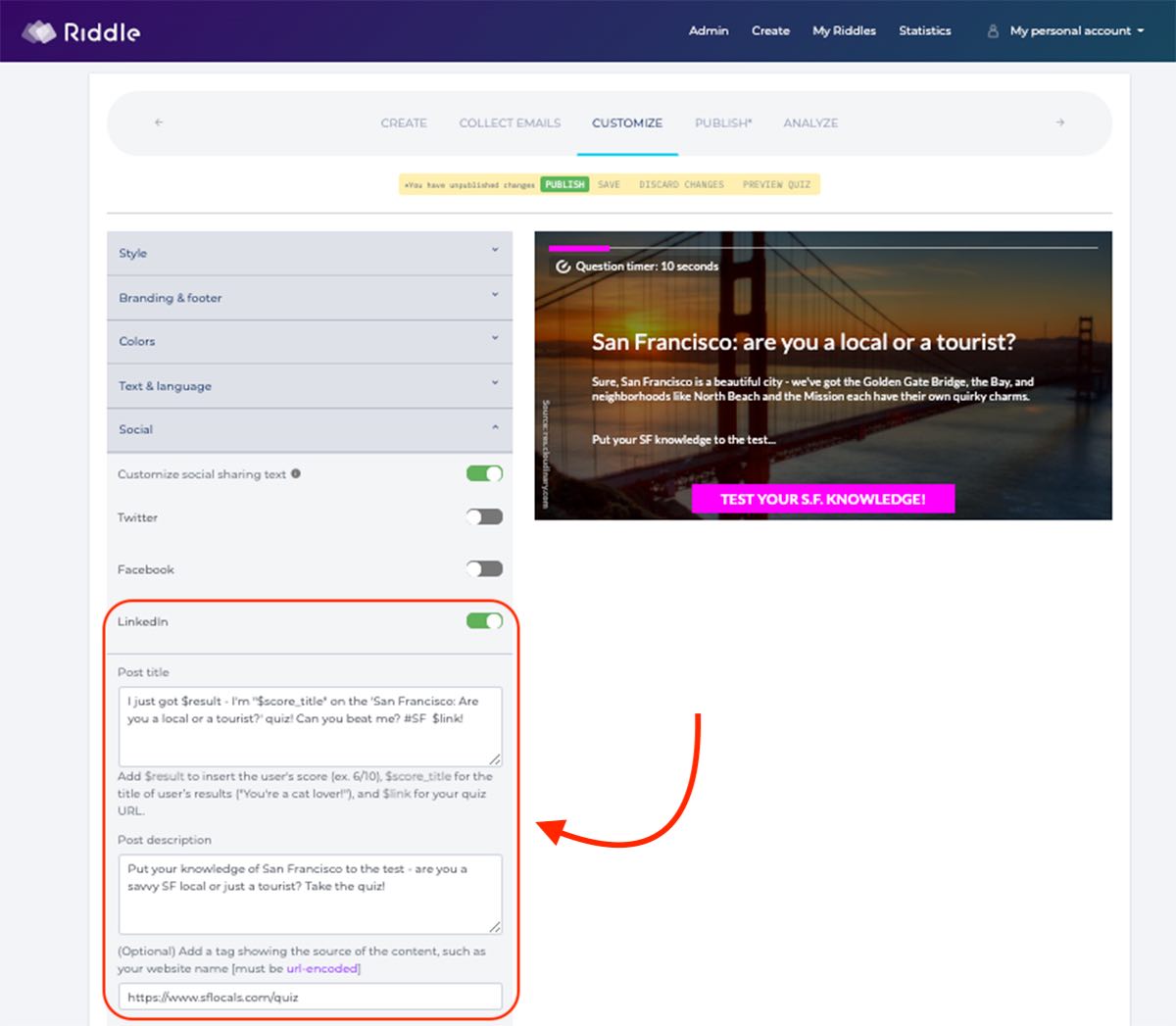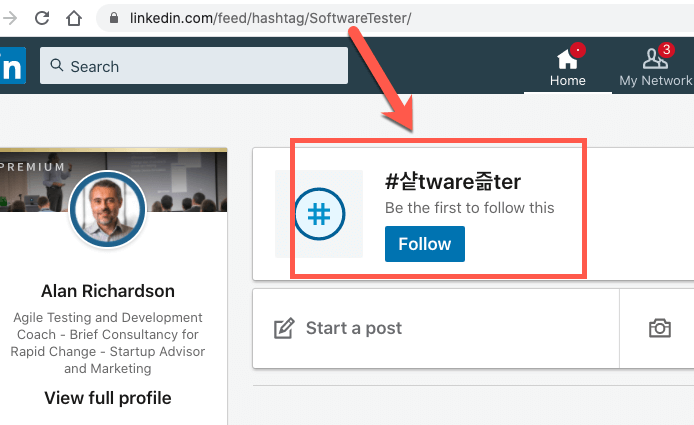

Start by uploading an image file above and play with the different possibilities. Other file types like XML and JSON also supports Base64 encoded images. Or you can insert the string as a background-image in CSS: background-image: url("data:image/png base64,iVBORw0KGgoAAAANSUhEUgAAALQAAAC0CAYAAAA9zQYyAAAABGdBTUEAALGPC/xhBQAAAAlwSFlzA.") The string can be used instead of an URL in the src attribute of the img element in HTML:

Once converted to Base64, encoded image data will look similar to this (shortened for simplicity): iVBORw0KGgoAAAANSUhEUgAAACAAAAAgCAMAAABEpIrGAAAABGdBTUEAALGPC/xhBQAAAAFzUkdCAK7OHOkAAAAgY0hSTQAAeiYAAICEAAD6AAAAgOgAAHUwAADqYAAAOpgwnLpRPAAA. You should primarily use Base64 for small images and always test both embedded and external images to see what works best. A Base64 representation of an image is larger than a separate image and the string gets very long for large images. By including image data within an HTML document, the browser doesn't need to make an additional web request to fetch the file, since the image is already embedded in the HTML document. Base64 is most commonly used as a MIME (Multipurpose Internet Mail Extensions) transfer encoding for email.īase64 images are primarily used to embed image data within other formats like HTML, CSS, or JSON. URLEncode: URLEncode is a C++ class, which does URL encoding for a. Thus, its URL-encoded representation is 20. For example, the US-ASCII character set represents a space with decimal code 32, or hexadecimal 20.

The characters generated from Base64 encoding consist of Latin letters, digits, plus, and slash. URL encoding of a character is done by taking the character’s 8-bit hexadecimal code and prefixing it with a percent sign (). Enable the Optimize image toggle and we will automatically optimize the image before encoding it.īase64 is an encoding algorithm that converts any characters, binary data, and even images or sound files into a readable string, which can be saved or transported over the network without data loss. You don't even need to run the image through optimization before generating the data. Simply drag and drop, upload, or provide an image URL in the controls above and the encoder will quickly generate a Base64 encoded version of that image. Pass ATL_BASE64_FLAG_NOPAD | ATL_BASE64_FLAG_NOCRLF there - the result won't be split into lines and won't have trailing = signs.ĬString::Replace should be able to take care of replacing + with - and such.With elmah.io's free image to Base64 encoder, it's easy to copy and paste markup or style for exactly your codebase. I don't believe I've seen an API that does this.īase64Encode takes an additional optional parameter (which you omit). I now need my +'s converted to -'s, /'s converted to _'s and any padding trailing ='s removed. Int base64Length = Base64EncodeGetRequiredLength(32) īase64.ReleaseBufferSetLength(base64Length) The issue I have is getting aīYTE bytes =


 0 kommentar(er)
0 kommentar(er)
